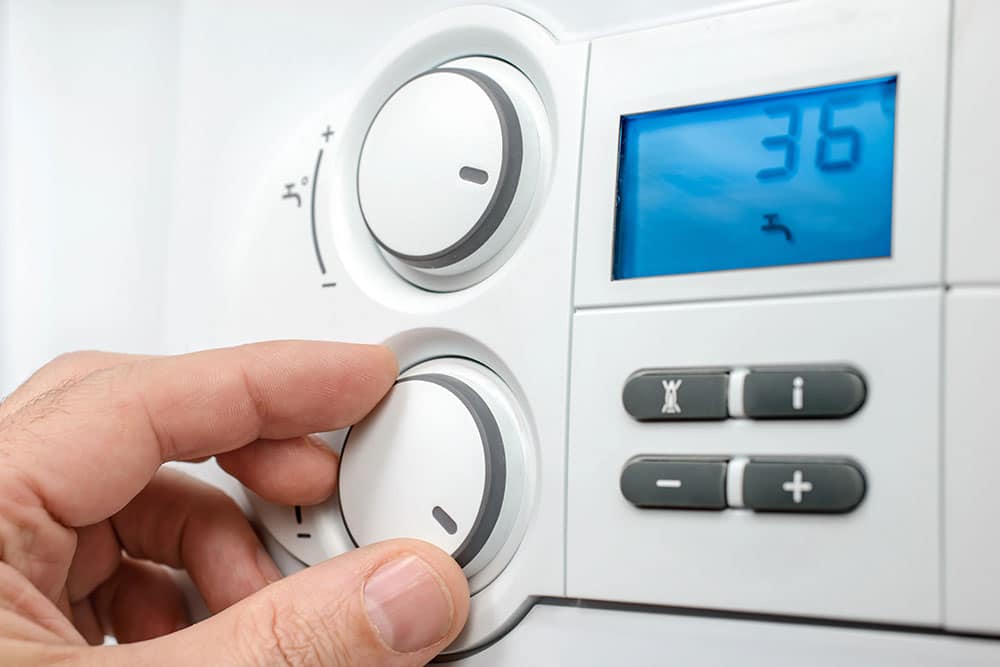Are you interested in switching from central air conditioning to more energy-efficient cooling? The two most popular options are ductless and ducted air handlers. These offer superior comfort while using significantly less energy than traditional systems, so you can cut back your summer energy bills without compromise. We compare these two systems below and how to choose between them.

Air Handlers: An Overview
An air handler is the part of an HVAC system that distributes cooled air. It’s connected to an outdoor condenser that removes heat from a space and expels it outside via a set of refrigerant lines. Central AC systems do not use air handlers, while both ducted and ductless systems do.
Key Differences Between Ducted and Ductless Air Handlers
One major disparity between ducted and ductless systems is that ducted units offer centralized thermostat control. On the other hand, ductless units offer independent temperature control with each unit. Ducted systems with a single thermostat tend to work well with open-concept layouts, while ductless units are ideal for sunrooms, home additions, and spaces without existing ductwork.
With a ductless system, you can create different zones by installing an air handler in each area you want to be at a different temperature. For example, if you want to keep your bedroom cooler at night or turn off your office HVAC while you’re not using it, a ductless system would be ideal.
Zoning is still possible with a ducted system, but this requires a more complex setup with zoning panels and motorized dampers to divide the space into individually-controlled sections.
Other feature comparisons include:
Cost Considerations
Understanding the cost differences between ducted and ductless air conditioning systems is another important factor in choosing the best AC for your space and budget. Here are some things to consider when comparing your options:
Upfront Expense
Ducted air conditioners typically come with a higher upfront installation cost than ductless systems, particularly in older homes or spaces that don’t already have ductwork. That said, a ducted AC can be ideal for new builds or major renovations where ductwork is already planned.
Ductless mini-split systems are generally more affordable for retrofits and homes where ductwork is impractical. Since they don’t require extensive construction work, installation is faster and less invasive.
Operating Costs
Ducted units can be very efficient in large homes, especially when paired with proper duct insulation and zoning controls. However, they do require more energy to push air through the entire duct network. Because ductless systems offer zoned control, you can heat or cool only the rooms you’re using and eliminate the potential for energy loss through leaky ductwork.
Maintenance Costs
Ducted setups require your ducts to be cleaned, sealed, and inspected regularly to maintain adequate airflow and indoor air quality. While ductless systems do eliminate the need for duct maintenance, they may include multiple indoor units that each have a separate filter and maintenance needs. This can add up if the system has many zones.
Regardless of which system you choose, the key to managing long-term costs is planning ahead. Scheduling annual tune-ups, enrolling in a preventive maintenance plan, and setting reminders for filter changes can help extend the life of your system and avoid unexpected repairs.
Let N.E.T.R., Inc. Help You Choose
Deciding which cooling system is ideal for your space can be challenging. This is where N.E.T.R., Inc.’s experienced AC contractors come in. We can help you go over different options and compare the benefits of each, so you can get the most for your money. Contact us today for a free service quote by calling (781) 933-6387.

